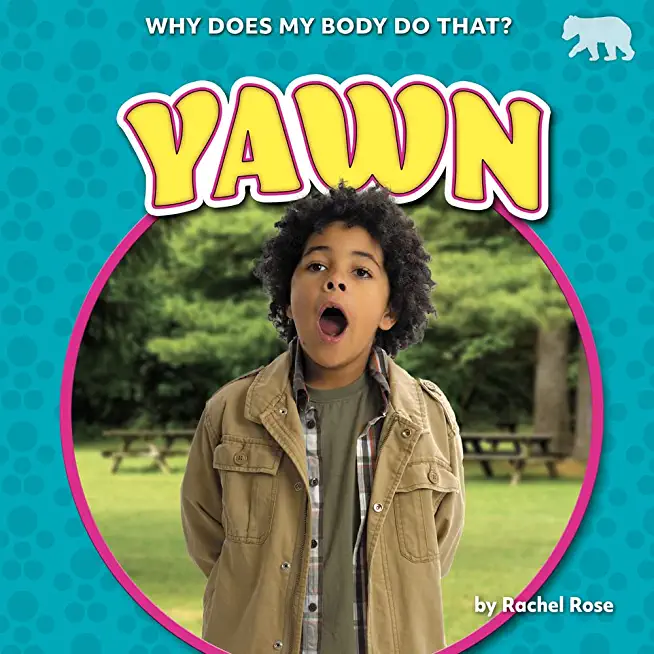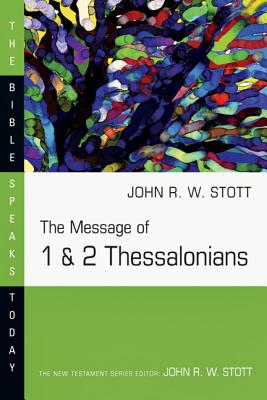
description
ation (2003) brings two Americans together in Tokyo, each experiencing a personal crisis. Charlotte (Scarlett Johansson), a recent graduate in philosophy, faces an uncertain professional future, while Bob Harris (Bill Murray), an established celebrity, questions his choices at midlife. Both are distant - emotionally and spatially - from their spouses. They are lost until they develop an intimate connection. In the film's poignant, famously ambiguous closing scene, they find each other, only to separate. In this close look at the multi-award-winning film, Suzanne Ferriss mirrors Lost in Translation's structuring device of travel: her analysis takes the form of a trip, from planning to departure. She details the complexities of filming (a 27-day shoot with no permits in Tokyo), explores Coppola's allusions to fine art, subtle colour palette and use of music over words, and examines the characters' experiences of the Park Hyatt Tokyo and excursions outside, together and alone. She also re-evaluates the film in relation to Coppola's other features, as the product of an established director with a distinctive cinematic signature: 'Coppolism'. Fundamentally, Ferriss argues that Lost in Translation is not only a cinema classic, but classic Coppola too.
member goods
No member items were found under this heading.
Return Policy
All sales are final
Shipping
No special shipping considerations available.
Shipping fees determined at checkout.







